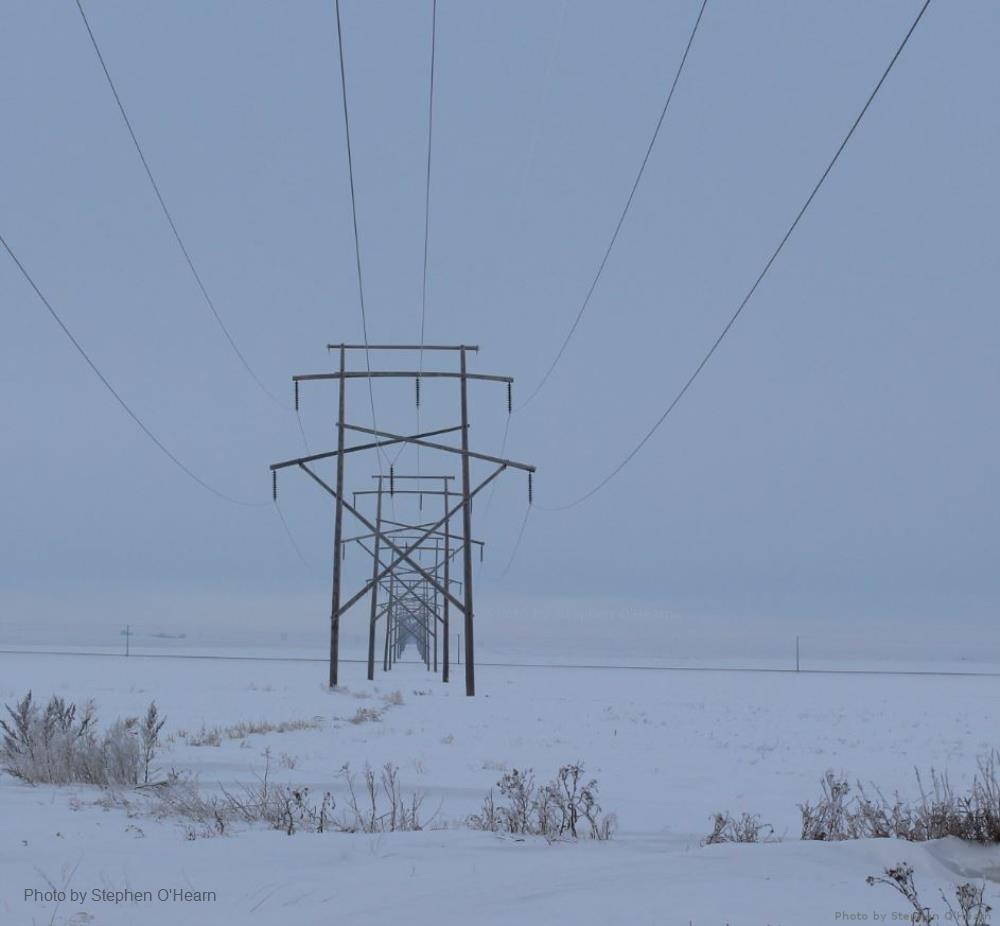
Related items loading ...
Section 1: Publication
Publication Type
Conference Poster
Authorship
Bocaniov Serghei, Lamb Kevin G., Rao Yerubandi R., Smith Ralph E. H., Van Cappellen Philippe
Title
Sensitivity of Lake Hypoxia to Atmospheric Physical Forcing: Exploring the First- and Second-order Effects of Air Temperature and Wind Speed Changes
Year
2022
Publication Outlet
AOSM2022
DOI
ISBN
ISSN
Citation
Serghei Bocaniov, Kevin G. Lamb, Yerubandi R. Rao, Ralph E. H. Smith, Philippe Van Cappellen (2022). Sensitivity of Lake Hypoxia to Atmospheric Physical Forcing: Exploring the First- and Second-order Effects of Air Temperature and Wind Speed Changes. Proceedings of the GWF Annual Open Science Meeting, May 16-18, 2022.
Abstract
Earth’s climate is changing rapidly. This, in turn, modifies the atmospheric forcing on aquatic environments, including lakes. So far, most of numerical modeling studies of lake sensitivity to changing atmospheric forcing have focused on the first-order effects (i.e., the changes associated with variations in a single parameter at a time). Yet it is recognized that environmental responses, including ecosystem functioning, are dominated by second and even higher order effects (i.e., responses to the simultaneous changes in two or more parameters at a time). Current knowledge of the qualitative and quantitative differences in first- and second-order effects is still very limited. Here, we present a comparative analysis of the first-order versus second-order effects of changing atmospheric forcing by applying a three-dimensional coupled hydrodynamic-ecological model to a large temperate lake, Lake Erie (USA - Canada). Specifically, we analyze the response of hypolimnetic hypoxia, that is, very low bottom water dissolved oxygen (DO) concentrations (< 2 mg L-1), to first-order and second-order changes in air temperature and wind speed. We consider various modified atmospheric forcing scenarios with changes to air temperature from -3 to +3°C, with a 1°C step, and changes in wind speed from -15 to +15%, with a 5% step, relative to the base line conditions (year 2008). For each of the scenarios, the severity and duration of hypoxic conditions are simulated. We present the results arising from the first- and second-order changes and discuss their similarities and differences.
Plain Language Summary
Section 2: Additional Information
Program Affiliations
Project Affiliations
Submitters
|
Serghei Bocaniov | Submitter/Presenter | sbocaniov@uwaterloo.ca | Department of Earth and Environmental Sciences, University of Waterloo, Waterloo, Ontario |
Publication Stage
N/A
Theme
Water Quality and Aquatic Ecosystems
Presentation Format
poster plus 2-minute lightning talk
Additional Information
AOSM2022 First Author: Serghei Bocaniov, Department of Earth and Environmental Sciences and Ecohydrology Group, University of Waterloo, Waterloo, Ontario Additional Authors: (Kevin G. Lamb, Department of Applied Mathematics, University of Waterloo, Waterloo, Ontario); (Yerubandi R. Rao, Water Science & Technology, Environment and Climate Change Canada, Burlington, Ontario); (Ralph E. H. Smith, Department of Biology, University of Waterloo, Waterloo, Ontario); (Philippe Van Cappellen, Department of Earth and Environmental Sciences and Ecohydrology Group, Water Institute, University of Waterloo, Ontario).


 GWFNet
GWFNet Master
Master Data
Data Research
Research Map
Map
 Advanced
Advanced Tools
Tools
 . . .
. . .
 Metadata Editor
Metadata Editor
 Record List
Record List
 Alias List Editor
Alias List Editor
 Legacy sites
Legacy sites